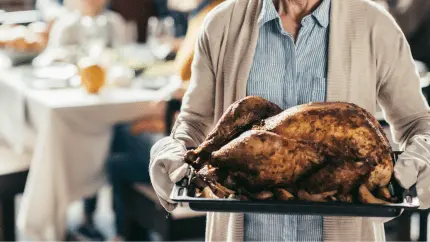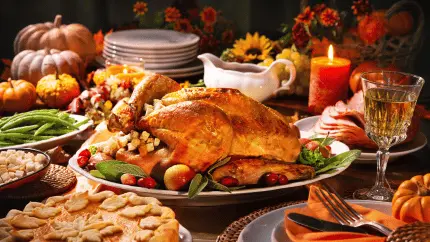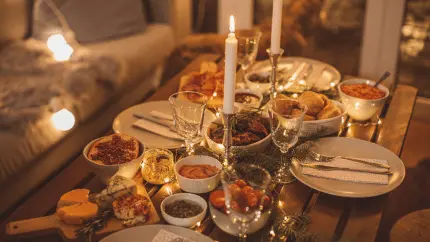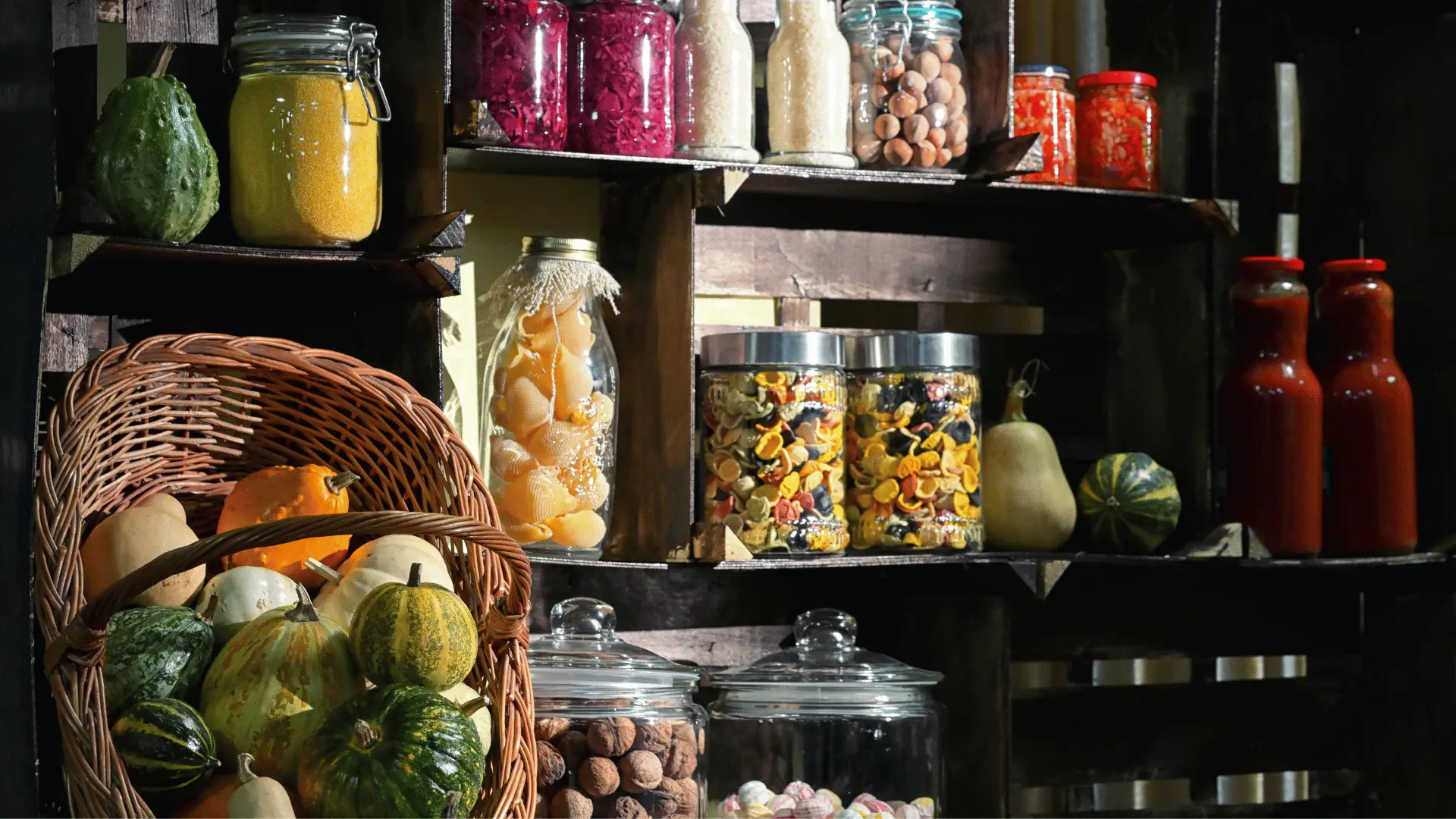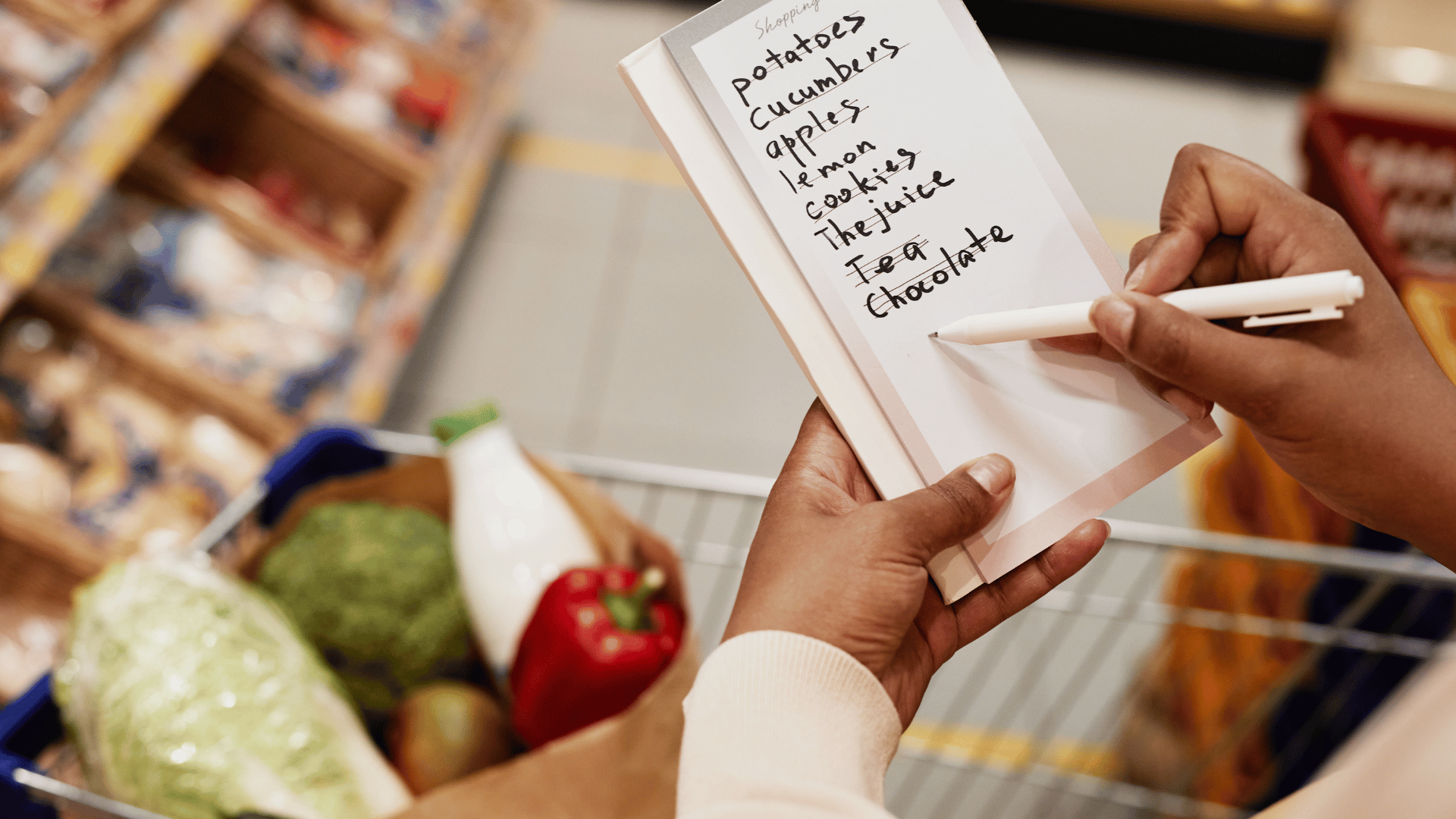
List Like a Pro: The Psychology Behind Impulse Buys—and How to Avoid Them
We’ve all walked into a store planning to grab milk and lettuce—and left with a novelty snack, a candle, and a new hot sauce we didn’t know existed five minutes earlier. That gap between intention and reality is no accident. Grocery environments are carefully designed to trigger impulse buys. The good news? Once we understand the psychology, we can shop with clarity and stick to the list.
Below, we break down how grocery store psychology nudges us to spend more, the moments when we’re most vulnerable, and the simple, list-first strategies that keep your cart—and your budget—on track. Pair these insights with the Recipe Memory Grocery List Generator, and you’ll turn good intentions into a purposeful, money-saving routine.
What Is an Impulse Buy (and Why It Happens)
An impulse buy is an unplanned purchase made in the moment. It often happens when convenience, curiosity, emotion, or perceived value override our original plan. In a grocery context, that means the end-cap deal, the limited-time flavor, or the fancy cheese at the deli counter sneaks into the cart before we’ve had time to think it through.
Impulse buying isn’t about weak willpower. It’s about predictable human psychology. We’re wired to respond to novelty, scarcity, and rewards—especially when we’re hungry or tired. Stores lean into those tendencies with layout, lighting, music, and pricing tactics that encourage us to add just one more thing.
Grocery Store Psychology: Common Triggers That Nudge Your Cart
- Prime real estate (end caps and eye level): End-of-aisle displays and eye-level shelves are premium because they capture attention and create a sense of convenience and value. Kids’ eye level often features kid-targeted items.
- The long way around: Staples like milk and eggs are often placed at the back so you pass many temptations on the way.
- Bundling and BOGO: Multi-buy promos encourage us to purchase more than we need. The perceived savings can eclipse the plan.
- Scarcity cues: Phrases like “limited edition” or “while supplies last” trigger fear of missing out and push instant decisions.
- Sampling and scent: Free tastes, rotisserie aromas, and fresh bakery smells spark appetite and emotional connection, loosening our resolve.
- Anchoring prices: A higher-priced item placed next to a slightly cheaper one makes the cheaper item seem like a deal—even if it isn’t on your list.
- Big carts, big spend: Larger baskets and carts can subtly encourage us to add more because the cart never looks full.
- Checkout traps: Last-minute displays near the register capitalize on decision fatigue when we’re the most vulnerable.
The Cognitive Biases Behind “Just This Once”
- Present bias: We overweight immediate rewards (salty chips now) and underweight future costs (budget regret later).
- Loss aversion: A deal framed as a loss (don’t miss this!) feels worse than the cost of adding it to the cart.
- Anchoring: The first price we see becomes a mental benchmark that distorts later comparisons.
- Social proof: “Bestseller” tags and crowded displays signal that everyone else is buying—so maybe we should too.
- Choice overload: Too many options exhaust us, making quick, unplanned decisions more likely.
When We’re Most Likely to Impulse Buy
- Shopping while hungry: Appetite increases desire for ready-to-eat snacks and quick wins.
- End-of-day fatigue: Decision fatigue means less energy to evaluate options and prices.
- Shopping with kids: More requests, more distractions, more yeses to keep the peace.
- Without a plan: If dinner is a mystery, everything looks like a solution.
Stick to the List: Practical Tactics That Work
Here’s the part we love: a strong list neutralizes most store nudges. Use these tactics to avoid impulse buys and keep your shop fast, focused, and on budget.
1) Build a purpose-first list from real meals
Instead of listing random items, start with your weekly menu and break it into ingredients. In Recipe Memory, select your planned dinners (and any lunches or gatherings). The Grocery List Generator compiles everything into categories, so each item has a job and a day attached to it. That mental link—this is for Wednesday’s stir-fry—is powerful protection against detours.
2) Shop your kitchen before the store
Do a 90-second pantry and fridge sweep. In your auto-generated list, cross off items you already own and note substitutes (e.g., use penne instead of rigatoni). This reduces duplicate buys and primes your brain to think in solutions, not impulses.
3) Set a “flex” budget line on the list
Build in a small allowance (say, $5–$10) for genuine surprise finds like seasonal produce. Label it in Recipe Memory as Flex. Paradoxically, allowing a little spontaneity makes it easier to say no to everything else.
4) Use the two-minute test
When a shiny item calls your name, pause: “What specific meal will this support in the next seven days?” If you can’t answer in two minutes—or add it to a planned recipe—place it back. If it’s intriguing, save it to your Recipe Memory recipe ideas instead of your cart.
5) Follow your list’s store-order flow
Since Recipe Memory groups items by department (produce, dairy, pantry), use that as your route. Start with shelf-stable items, hit produce mid-way, and grab cold/frozen items last. A predictable path minimizes wandering past end caps designed to snag your attention.
6) Eat before you shop (and drink some water)
It’s not glamorous, but it’s effective. A snack and a glass of water before you head in make treats less magnetic, and you’ll evaluate prices and portions more clearly.
7) Shrink the container, shrink the temptation
When possible, use a hand basket for quick trips or a smaller cart. You’ll think twice before adding non-essentials because the space is visibly limited.
8) Avoid the gauntlet: choose self-checkout or curbside
If checkout displays are your Kryptonite, pick self-checkout or use store pickup. Pair your Recipe Memory list with curbside ordering to reduce in-aisle temptations altogether.
9) Put promotions through the “math and meal” filter
BOGO pasta? Great—if your meal plan actually uses that much. Ask: Will both get cooked this month? Do I have storage space? If not, it’s not a savings; it’s a future clutter problem.
10) End with a cart audit
Before you reach the register, give your cart 60 seconds. Compare every item against your list in Recipe Memory. Anything unplanned must earn its spot by supporting a scheduled meal or aligning with your flex budget. No? Back it goes.
How Recipe Memory Helps You Avoid Impulse Buys
- Auto-built lists from real meals: You’re buying for a menu, not moods.
- Category grouping: Faster route = fewer temptations.
- Quick edits and substitutions: Swap ingredients on the fly and keep the plan intact.
- Save lists to repeat: Reuse winning weeks and reduce decision fatigue.
- Gatherings integration: If you’re hosting, your list reflects what guests are bringing—fewer last-minute “just in case” buys.
Real-World Scenario: A 20-Minute, On-Budget Shop
Picture a weekday sprint. You’ve planned three dinners in Recipe Memory: roasted chicken with vegetables, tacos, and a pasta primavera. The app compiles a single list, grouped by aisle. You sweep your pantry first and cross off olive oil and cumin—you’re stocked. At the store, you follow the category flow, skip two end-cap displays that don’t match the plan, and add one seasonal fruit to your Flex line. Total time: 20 minutes. Total stress: minimal. Total savings: very real.
Build Your Anti-Impulse Toolkit
- Plan: Start with meals; let the list follow.
- Prime: Snack and water before you shop.
- Path: Follow the department order in your list.
- Pause: Use the two-minute test for anything unplanned.
- Proof: Do a final cart audit against the list.
Common Myths (and Better Mindsets)
- Myth: “Sales always save money.”
Better: Sales save money when they match your plan. If not, it’s spending in disguise. - Myth: “Healthy impulse buys are fine.”
Better: Even healthy extras can bust budgets and go to waste. Add them to next week’s plan instead. - Myth: “I’ll figure it out in the store.”
Better: Decide at home. The store is built to decide for you.
Why This Matters
When we avoid impulse buys, we do more than protect our wallets. We cut down on food waste, simplify weeknights, and make our kitchens run with intention. That calm shows up at the table—in the meals we plate, in the money we save, and in the headspace we reclaim.
Key Takeaway
The grocery store is designed to tempt us—but a clear, meal-driven list is stronger than any end cap. Use Recipe Memory to generate purposeful lists from your plan, shop by category, and give every item a job before it gets a spot in your cart. That’s how you avoid impulse buys, stick to the list, and bring more ease—and savings—home.
Love what you’re reading?
Join Recipe Memory today to save your favorite recipes, plan meals with ease, and create smart grocery lists ...all in one place.
